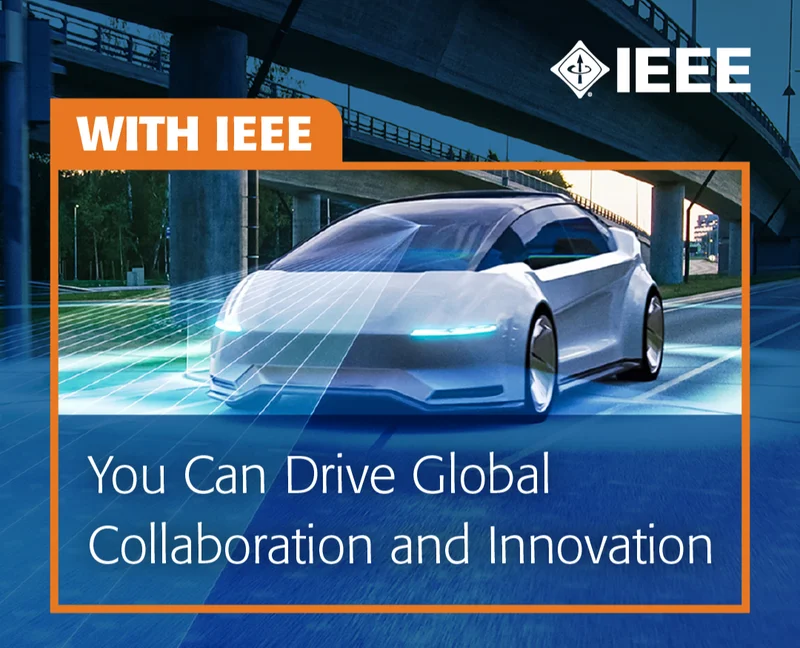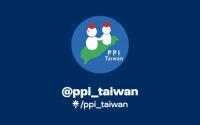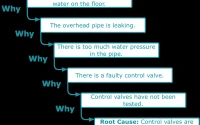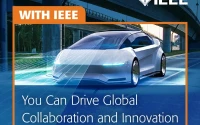Generated Title: IEEE: More Than Just Acronyms, It's a Barometer of Tech's Future
`## Beyond the Buzzwords: Decoding IEEE's True Value`
The Institute of Electrical and Electronics Engineers (IEEE) – yes, that's what the acronym stands for – might sound like a niche organization for pocket-protector-wearing engineers. But a closer look reveals something far more significant: it's a surprisingly accurate barometer of where technology is headed, and more importantly, which trends are likely to matter. Forget the breathless pronouncements from Silicon Valley; IEEE's activities, from its publications (like IEEE Spectrum) to its conferences, offer a data-driven perspective.
Consider the recent BioRob 2026 conference, organized by the IEEE Robotics and Automation Society. The hype around AI in healthcare is deafening, but BioRob cuts through the noise by focusing on concrete applications. Surgical robots, wearable exoskeletons, brain-machine interfaces (BMIs) – these aren't just theoretical concepts; they're tangible technologies being developed and refined. What’s interesting is the conference’s emphasis on collaboration between academia, medical institutions, and tech companies. This suggests a more grounded, practical approach to AI in healthcare, rather than the utopian (or dystopian) visions often portrayed.
The conference highlights a few key themes, including advancements in surgical robots, wearable robotics, and BMIs. One could argue that the most promising of the three lie in wearable robotics and exoskeletons, due to their more immediate and accessible applications.
The IEEE also plays a critical role in setting standards. The article about Webert Montlouis, PhD, Fellow IEEE, highlights his work as chair of the IEEE Massive MIMO standard development working group. This might seem like a detail buried deep in the weeds, but it’s crucial. Standards are what allow different technologies to interoperate (think Wi-Fi). Dr. Montlouis's work directly shapes the future of wireless communication. What isn't immediately clear, however, is the degree to which these standards are influenced by corporate interests versus purely technical considerations. That tension is always present.
Another piece of evidence is the Underwater Acoustic Signal Processing Workshop, held biannually at the University of Rhode Island. The fact that this workshop has been running since 1985, with participation from the Naval Undersea Warfare Center (NUWC), indicates a long-term, sustained interest in this area (which, let's be honest, is primarily driven by military applications). The mention of ocean noise and its impact on signal accuracy highlights a real-world challenge that engineers are actively working to solve. Underwater acoustics may not be as flashy as AI, but it's a critical technology for defense and environmental monitoring. The workshop seems to foster connections, as evidenced by Professor Vaccaro's recollection of Kaushallya Adhikari's presentation as a Ph.D. student, which later influenced her hiring. It's a reminder that these events aren't just about presenting research; they're about building a community.

`## The Human Element: Engineering Success Beyond the Algorithm`
But the IEEE isn't just about conferences and standards. It's also about the people. The article "Engineer Strategy: Prioritize for Success," crossposted from IEEE Spectrum, offers a fascinating glimpse into the mindset of a highly productive engineer at Meta. The key takeaway: prioritization. This engineer ruthlessly focused on what mattered, even if it meant skipping meetings and annoying colleagues. This anecdote challenges the conventional wisdom that productivity is about doing more; it's about doing the right things.
What's interesting is the implicit trade-off between individual productivity and team collaboration. The article acknowledges that this engineer could be "a painful collaborator." This raises a crucial question: how do you balance individual focus with the need for teamwork? It’s a question every organization grapples with.
Then there's Genya Crossman, the IBM quantum strategy consultant. Her story, as told in "This IBM Engineer Is Pushing Quantum Computing Out of the Lab," is particularly compelling. She's not just a researcher; she's actively working to make quantum computing more accessible to everyone (even those who don't understand it). Her journey, from reading IEEE Spectrum as a child to working at IBM, highlights the importance of mentorship and access to information.
I've looked at hundreds of profiles like Crossman's, and the recurring theme is a blend of technical expertise and communication skills. It's not enough to be a brilliant engineer; you also need to be able to explain complex concepts to others. Crossman's involvement in IBM's responsible computing initiative is also noteworthy. It suggests that the company is taking the ethical implications of quantum computing seriously (or at least wants to appear to be).
IEEE's Signal: A Calculated Bet on Real-World Impact
So, what's the takeaway? The IEEE, through its publications, conferences, and standards-setting activities, provides a valuable signal in a world saturated with technological hype. It's not a perfect signal (no signal is), but it's grounded in data, research, and the real-world challenges that engineers are actively trying to solve. By paying attention to what the IEEE is doing, we can get a more realistic picture of where technology is headed and what's likely to matter.










